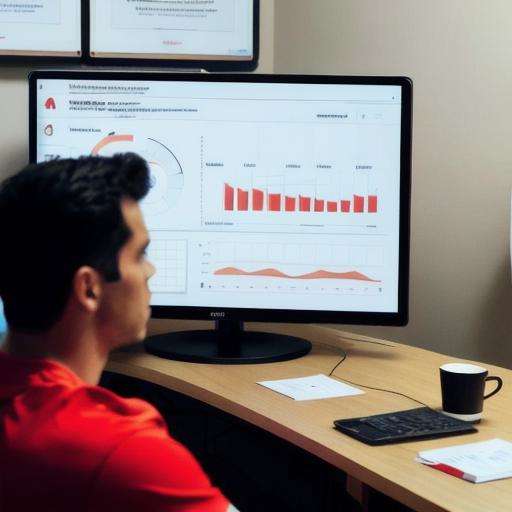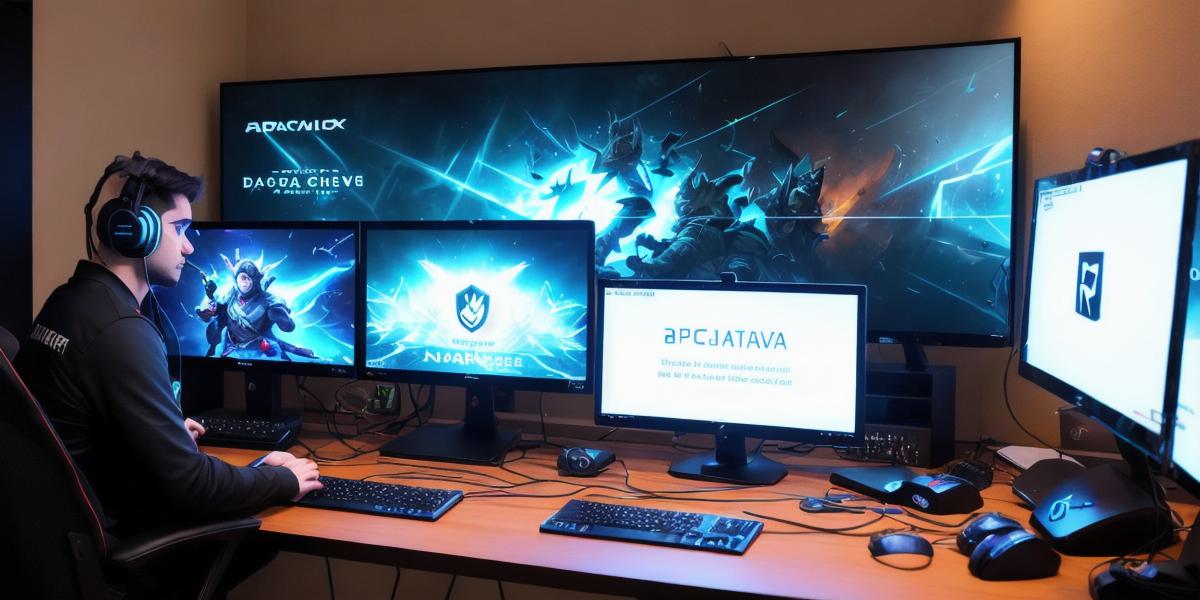Introduction:
Welcome, dear Dota 2 enthusiasts!
Today we delve into the fascinating role of a Support player. This position may be overlooked by some, but it holds immense significance in ensuring victory for your team. Let’s explore how to excel as a Support player, enhancing your gameplay experience and contributing effectively to your squad.
Table of Contents:
1. Understanding the Role of a Support Player
2. Key Skills and Responsibilities
3. Importance of Map Awareness and Warding
4. Effective Communication with Your Team
5. Item Builds and Abilities for Supports
6. Positioning and Crowd Control
7.
Summary:
Elevating Your Support Gameplay
1. Understanding the Role of a Support Player:

A Support player is an integral part of any successful Dota 2 team. They act as the backbone, ensuring the safety and sustainability of their carries and cores, while also providing crucial utility and crowd control abilities to their allies.
2. Key Skills and Responsibilities:
Some essential skills for a Support player include ward placement, dewarding, initiating fights with crowd control abilities, healing teammates, and securing runes and creeps in the jungle. These tasks are crucial for maintaining map vision, controlling the flow of the game, and enabling your team to gain an advantage over the enemy.
3. Importance of Map Awareness and Warding:
Map awareness is a fundamental aspect of being a Support player. Regularly checking the minimap to locate enemies, anticipate ganks, and ensure safe rotations for your teammates can significantly impact the outcome of team fights. Additionally, placing wards around the map, particularly in strategic areas like runes, jungle camps, and chokepoints, grants valuable information and provides situational awareness to your allies.
4. Effective Communication with Your Team:
Communication is vital for a Support player since they are often the ones initiating engages or coordinating ganks. Use pings, chat commands, and voice communication to alert your team of any potential threats, missed runes, or imminent attacks, ensuring everyone is on the same page and ready to react appropriately.
5. Item Builds and Abilities for Supports:
Support heroes typically have unique abilities that offer significant utility, such as healing, crowd control, and vision. Choose items that complement your hero’s abilities and synergize well with your team’s composition. For instance, auras like Crimson Guard or Solar Crest can bolster your team’s stats, while wands and couriers provide useful items at critical moments in the game.
6. Positioning and Crowd Control:
Proper positioning is essential for both offensive and defensive plays. Support heroes often possess crowd control abilities that can turn the tide of a fight. Use these abilities effectively to secure kills, initiate team fights, or disrupt the enemy’s plans. Additionally, be mindful of your own positioning when warding, dewarding, or ganking to avoid unnecessary deaths and maximize your impact on the game.
Summary:
As we’ve seen, being a good Support player in Dota 2 involves various critical aspects such as understanding your role, mastering essential skills, maintaining map awareness, communicating effectively with your team, choosing optimal item builds and abilities, and employing proper positioning. By focusing on these areas, you will enhance your gameplay experience, contribute more to your team, and ultimately, improve your chances of success in this exhilarating MOBA masterpiece.
